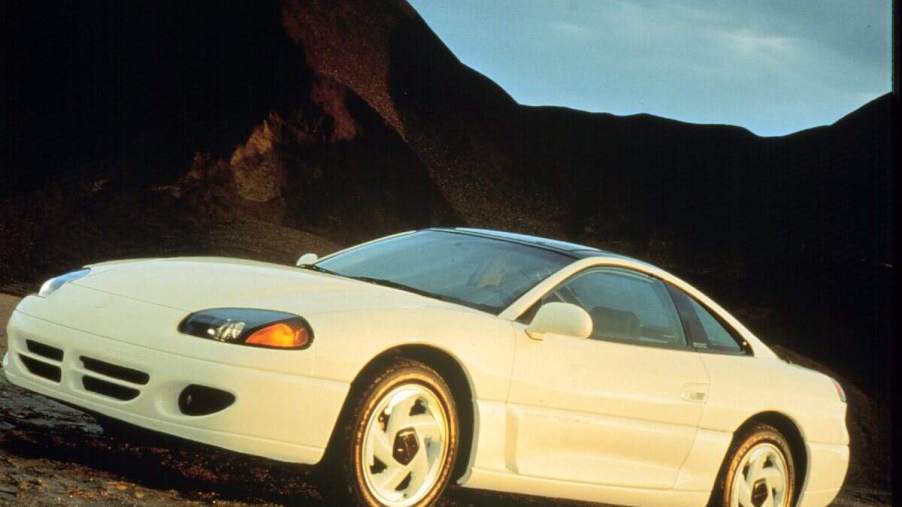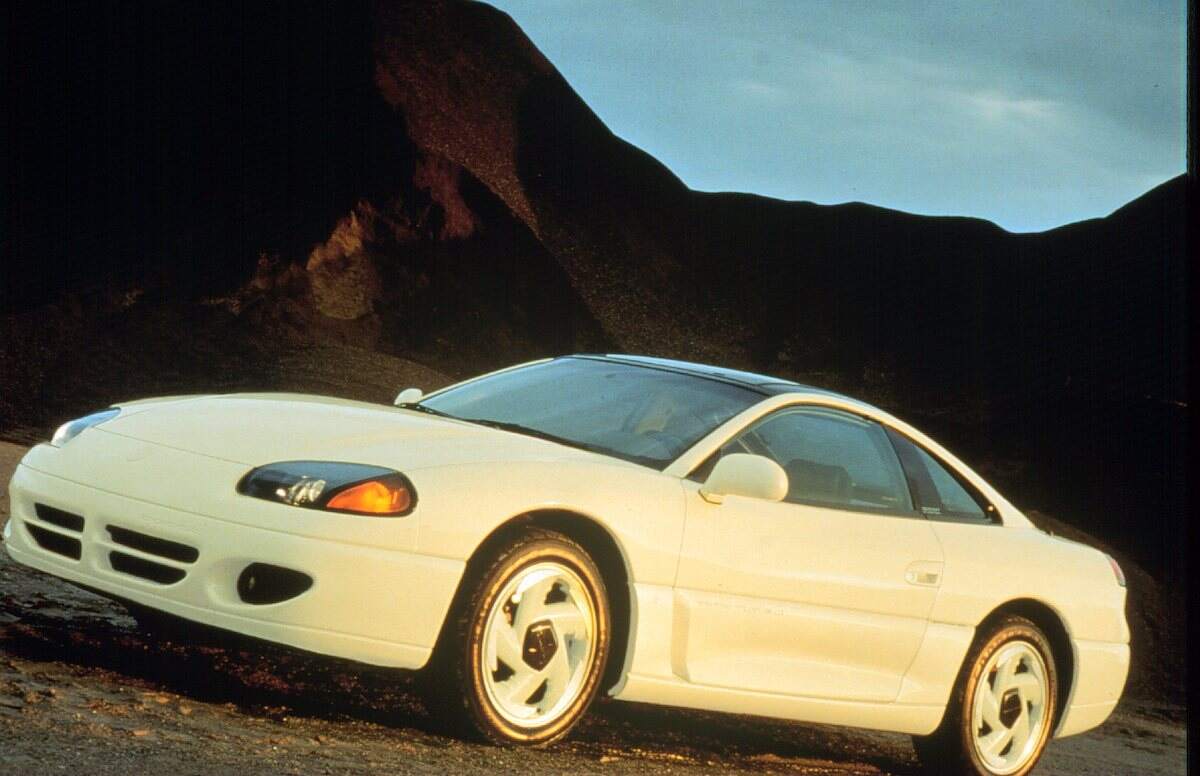
Unions Blocked the Dodge Stealth From Becoming an Indianapolis 500 Pace Car
The Dodge Stealth breathed life back into the American automaker, which had fallen sluggish by the early 1990s. Dodge’s sporty new model boasted supercar-level performance with more horsepower than the Chevrolet Corvette and cutting-edge features that still seem high-tech today. As an American-styled Japanese car, the Stealth combined the best traits of Dodge and Mitsubishi. However, it wasn’t without controversy.
One of the car’s most contentious aspects was also one of the more controversial events of the Indianapolis 500. The Stealth was slated as the pace car for the 75th Indy 500 in 1991, but the announcement created a serious backlash, leading to a furor of American patriotism on par with today’s hyperpartisan flag-waving.
The Dodge Stealth started an Indy 500 firestorm

Unlike some cars that had paced the Indianapolis 500, the Dodge Stealth delivered impressive performance. It boasted a twin-turbocharged dual-overhead-cam 3.0-liter V6 harnessing 300 hp. Packing an all-wheel drivetrain and six-speed manual transmission, the sports car executed 0-to-60-mph sprints in just over five seconds and topped out at 155 mph.
However, slotting the Stealth as an Indy pace car proved controversial. Although Chrysler designed the vehicle’s exterior styling and slapped a Dodge badge on it, the Stealth was a Mitsubishi 3000GT underneath. It was a Japanese car made in Japan by a company that infamously produced the Zero fighter plane in World War II. In the early ’90s, the United States had just won the Gulf War, launching a renewed sense of patriotism nationwide.
Indy had no official rules against using a non-domestic model as a pace car. But trotting out the Dodge Stealth went over as well as replacing apple pie with mochi. It caused a stir among union leaders, especially in the United Auto Workers. According to The New York Times, the UAW saw the Indy 500 as an American race, and because it was run in Indiana, the union demanded an all-American pace car.
So Dodge sped up production of the Viper program, finishing two prototypes in time for the race. Developed with Carroll Shelby’s help, one example served as both the ceremonial pace car and the yellow-flag pace car, while the other was a backup. The Viper was even driven by Shelby himself, the American automotive designer/racecar driver responsible for the Shelby Cobra and the team that won the 1966 Le Mans. The only way the 1991 Indy 500 could’ve been more patriotic was if a bald eagle had waved an American flag while perched on the Viper’s windshield.
The Stealth didn’t pace the race, but the winner drove it
Even though the Viper was the official pace car of the 1991 Indy 500, the Dodge Stealth was named the official car of that year’s race. Chrysler supplied three yellow Stealths for the event, with one going to the winner, Rick Mears.
The two prototype Vipers returned to Chrysler, which used them for testing before returning one to the museum at Indianapolis Motor Speedway. As for the Stealth, Roger Penske, the team owner of Mears’ car, gave his winning driver a Corvette ZR1 in exchange for the Stealth, which reportedly remains in the multibillionaire businessman’s collection.
Chrysler still made a Dodge Stealth pace car replica
Despite the controversy, Chrysler still produced a Dodge Stealth pace car replica to promote the vehicle. While the official Indy 500 Stealths were yellow, the replicas were pearl white. The automaker built 150 pace car replicas, all R/T Twin Turbos.
Today, the Dodge Stealth is an affordable GT car. Base models can still be found on Craigslist for under $5,000, while clean R/Ts can fetch $15,000 to $20,000. As for the pace car replicas, they rarely turn up for sale, but when they do, they demand a premium.



